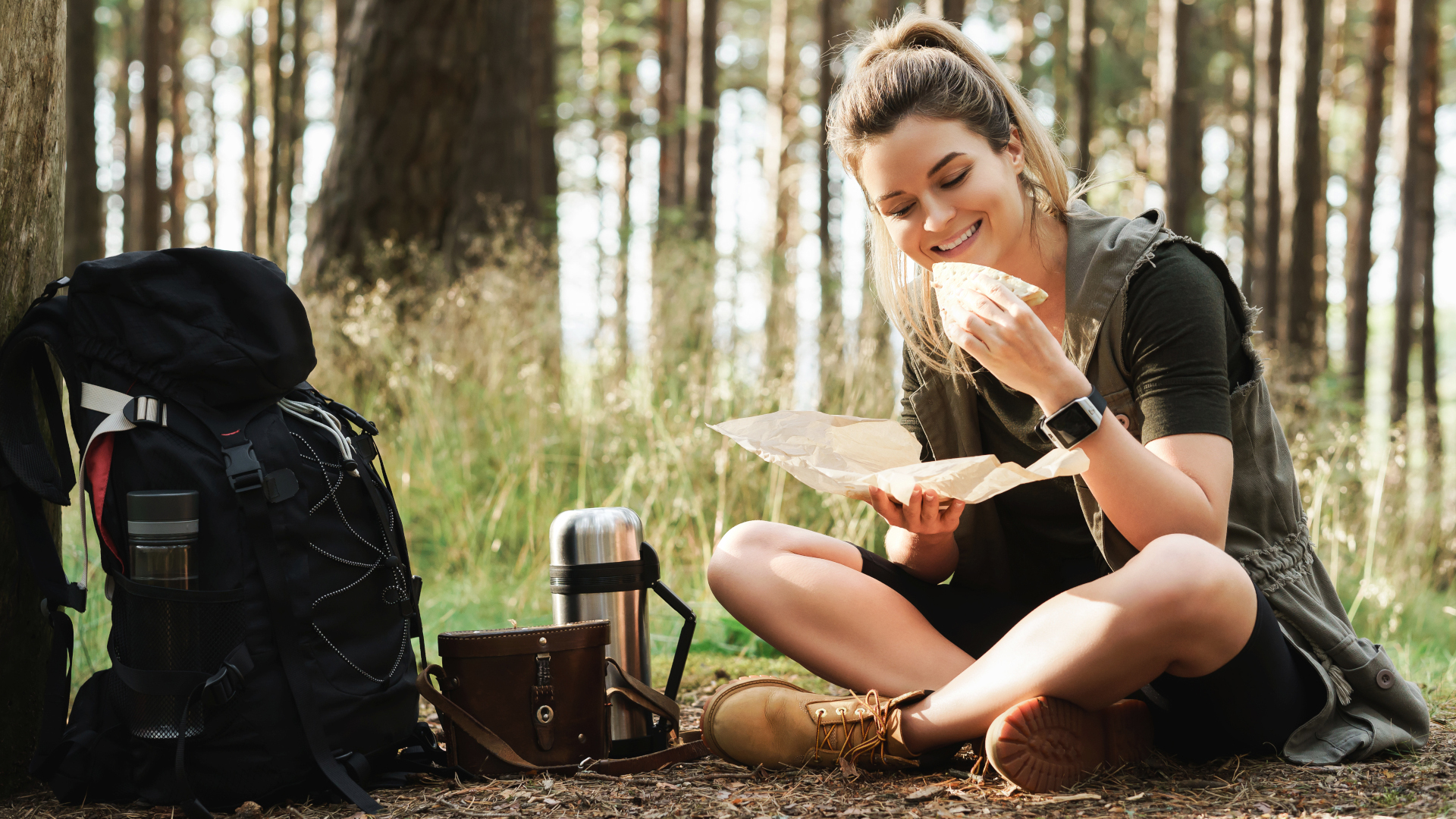
You ever get back from a long backpacking trip, drop your heavy pack on the floor, and wonder why the hell you packed that extra fleece jacket that you never wore? Oh and all those power bars that you never ate? And the three packets of wet wipes that you stuffed in the side pocket and totally forgot about? Well I know I have, and that’s why I’ve made it my mission to curtail some of that extra gear that only slows me down.
Yes, it’s true that most of us could probably be carrying more than 20% of our body weight, despite the common hiking myth to the contrary, but it still feels better to walk with a lighter pack. Naturally, you need some form of a sleep system – a sleeping bag or camping quilt, a sleeping pad or alternative and a shelter like a tent, bivy sack or tarp. You need food and water and a first aid kit, too, but there are lots of extraneous items within and outwith those categories that you’ll honestly probably be perfectly comfortable camping without. Read on to find out which backpacking non-essentials you can ditch for your next trek.

1. Surplus snacks
One of the biggest backpacking blunders you can make is bringing too much food, and I must admit, I’ve definitely come home from a long trek with way too many extra granola bars and salami slices in my backpack. Naturally, you don’t want to go hungry, especially if you’re covering a lot of miles, but the more time you put into meal planning, the lighter your load will become.
First off, cut out any bulky or low-calorie foods like canned items and fresh fruit, and get rid of those candy bars and alcohol while you’re at it. Select only nutrient-dense, calorie-loaded food like nut butters and jerky instead, which don't weigh much. Write out your meals and bring only one portion of food for each one. Next, remove your food from the packaging it came in and repackage it in lighter, more streamlined plastic baggies and tin foil.

2. Extra water
I know what you’re thinking – yes, water is definitely considered an essential backpacking item – but as long as you have a good filtration system and there are ample water sources where you’re traveling, there’s no need to carry more than a bottle’s worth on your person at any one time. I use a Lifestraw Peak Series Collapsible Water Bottle for both filtration and drinking, and fill it up periodically along the way. For every liter you add to a hydration pack or extra water bottle, you’re carrying an extra kilo in weight!

3. Camping bowl and mug
You really don’t need a camping bowl if you’re cooking over a stove with a smaller pot that has handles such as the MSR Titan Kettle which made our list of best camping utensils. Just cook your meal in it then eat it directly out of the pot, which means less washing up afterwards too. If you’re feeling ultra minimalist, you can also ditch the camping mug and use your pot for any hot drinks like coffee, while your water bottle will do as a drinking vessel otherwise.

4. Camping stove
Camping stoves like the Alpkit Kraku can easily fit in the palm of your hand these days, but the fuel to use them takes up more weight and space. I do love a hot meal at the end of a long day, but if your trip is governed by the scales, you can always ditch the stove and fuel altogether and plan meals that don’t need to be cooked.

5. Excess toiletries
Like food, toiletries can be rationed and repackaged to save weight. First, bring only what you actually need: toothpaste, soap, sunscreen and insect repellent. Deodorant, moisturizer and mascara can all stay at home. Buy travel-sized versions or decant small amounts into reusable travel bottles. Use the same soap to wash your dishes as you do your body (I like a travel-sized bottle of Dr Bronner's) and ditch the wet wipes too.

6. Extra clothing and shoes
If you’re going camping or backpacking, you’re going to get grimy. It’s just part of the deal and while it’s natural to think that extra clothing will bring you some comfort when you get to camp each night and have 'fresh' clothes to change into, it mostly just gets dirty anyway and adds unnecessary weight to your pack. Limit yourself one extra pair of hiking socks and underwear for hiking, and perhaps one super light base layer for long treks. Beyond that, only carry vital extra layers such as a down jacket for warmth at night and a waterproof jacket and rain pants for downpours. Dirty socks and undies can be rinsed out and dried off in your tent overnight.
Consider also switching to lighter weight hiking shoes or trail running shoes instead of hiking boots if it’s appropriate for the trail you’re on. Footwear that’s a little more comfortable can double as your camp shoes, so you don’t end up carrying flip flops to change into at camp.

7. Camping pillow
A camping pillow is a fabulous luxury, but unless it’s inflatable it can be quite bulky and is unnecessary when you have a jacket that can be rolled up and used in place of one.

8. Guidebooks
Now for safety, I definitely recommend carrying a map of the area where you’ll be exploring (and knowing how to read a map) but guidebooks of a long distance trail or National Park can add a lot of unnecessary weight. Sure, they’re nice to have, but you can easily take photos of the pages that you need, or even photocopy those pages to save on weight.







